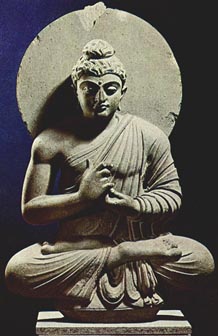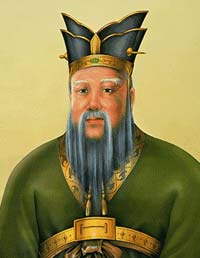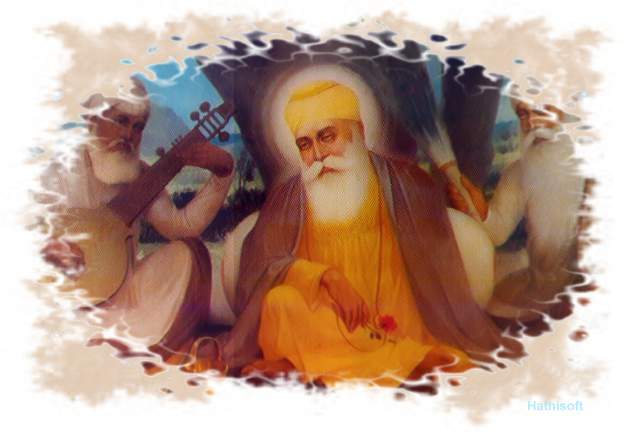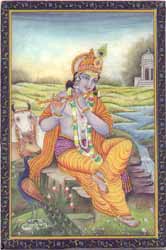Philosophy of Religion
Chapter 2. Religions of the World
Section 1. Introduction






Elements of Religions and their Worldview:
-
THE ABSOLUTE: what do the believers hold as most important? What is the ultimate source of value and significance? For many, but not all religions, this is given some form of agency and portrayed as a deity (deities). It might be a concept or ideal as well as a figure.
-
THE WORLD: What does the belief system say about the world? Its origin? its relation to the Absolute? Its future?
-
HUMANS: Where do they come from? How do they fit into the general scheme of things? What is their destiny or future?
-
THE PROBLEM FOR HUMANS: What is the principle problem for humans that they must learn to deal with and solve?
-
THE SOLUTION FOR HUMANS: How are humans to solve or overcome the fundamental problems ?
-
COMMUNITY AND ETHICS: What is the moral code as promulgated by the religion? What is the idea of community and how humans are to live with one another?
-
AN INTERPRETATION OF HISTORY: Does the religion offer an explanation for events occurring in time? Is there a single linear history with time coming to an end or does time recycle? Is there a plan working itself out in time and detectable in the events of history?
-
RITUALS AND SYMBOLS: What are the major rituals, holy days, garments, ceremonies and symbols?
-
LIFE AFTER DEATH: What is the explanation given for what occurs after death? Does he religion support a belief in souls or spirits which survive the death of the body? What is the belief in what occurs afterwards? Is there a resurrection of the body? Reincarnation? Dissolution? Extinction?
-
RELATIONSHIP TO OTHER RELIGIONS: What is the prescribed manner in which believers are to regard other religions and the followers of other religions?
The journey through these sections serves as a mere introduction to the study of these religions. A study of the living religions of this world could easily take an entire lifetime and for some scholars it has. The purpose here is to gain an understanding of the fundamental features of the religions. It should prove to be a most fascinating experience! The reader is encouraged to read as much as is interesting to the reader but at least to read as much as is needed to gain the understanding of the fundamentals. This material is not intended to serve as a comprehensive or in depth presentation of the religions of the world.
Proceed to the next section by clicking here> next
© Copyright Philip A. Pecorino 2001. All Rights reserved.
Web Surfer's Caveat: These are class notes, intended to comment on readings and amplify class discussion. They should be read as such. They are not intended for publication or general distribution.